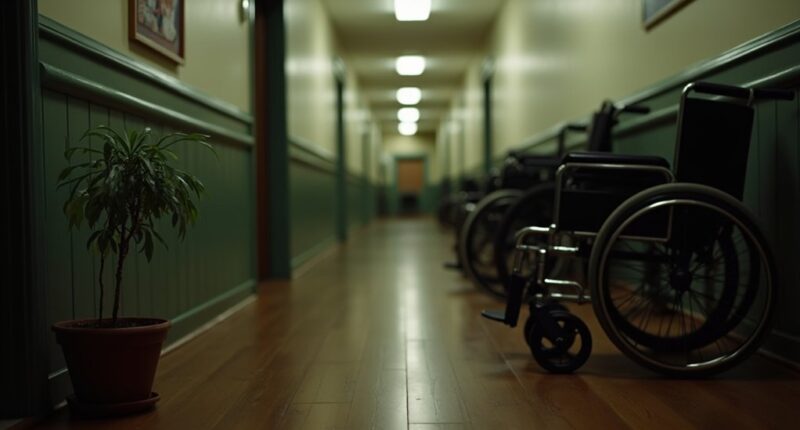As Idaho prepares to implement a 4% reduction in Medicaid reimbursement rates effective September 1, 2025, the ramifications extend beyond fiscal constraints, threatening the operational viability of assisted living facilities and the welfare of nearly 318,000 individuals reliant on these services. This reduction affects nearly every Medicaid service, including assisted living, behavioral health, hospital treatment, and pharmaceuticals, as necessitated by rising Medicaid costs reported by the Idaho Department of Health and Welfare.
The financial strain on nursing facilities and intermediate care facilities introduces a risk of widespread hardship and potential closures, as assisted living providers face reduced income while service demands remain unaltered. In the face of these reimbursement cuts, providers are compelled to navigate wage pressures for direct support workers, who earn between $11 and $15 per hour in Medicaid-funded positions. This challenge is exacerbated in rural areas where available service providers persist. Approximately 67% of nursing facility care is funded by Medicaid, emphasizing the critical role these facilities play in the overall healthcare ecosystem.
The impending Medicaid cuts threaten the viability of assisted living facilities, risking closures and worsening wage pressures for essential support workers.
Many assisted living facilities, already burdened by the lingering effects of the COVID-19 pandemic, confront compounding risks that may force them to reduce care quality or availability. Facilities must carefully consider entrance fee structures and additional service costs to maintain operational stability while serving their residents. Such reductions jeopardize the health and safety of vulnerable populations, including individuals with disabilities, low-income seniors, and children with special needs, who depend heavily on these essential services.
The impending cuts may lead to significant losses for Medicaid beneficiaries, stripping away critical daily skilled care services and options like paid family caregiving programs. Families may experience increased stress and financial burdens, particularly in rural regions where alternative care options are limited.
The broader implications of these Medicaid cuts are tied to Idaho’s House Bill 345 reforms and national proposals that threaten health coverage for millions, risking a surge in uninsured rates. Policymakers face the formidable challenge of balancing cost containment while preserving essential health services.
The impending financial squeeze on Idaho’s hospitals and health systems amplifies the risk of closures, particularly within rural communities where access to care is already tenuous.





